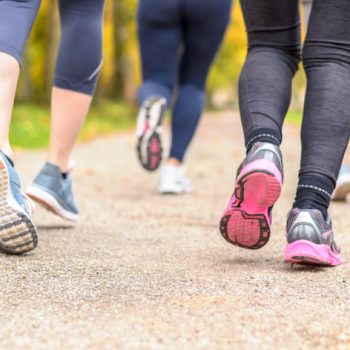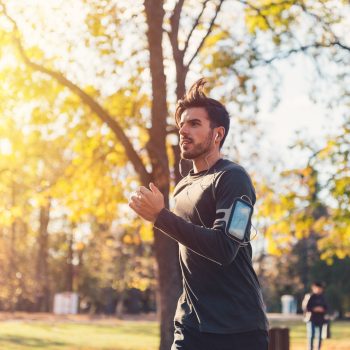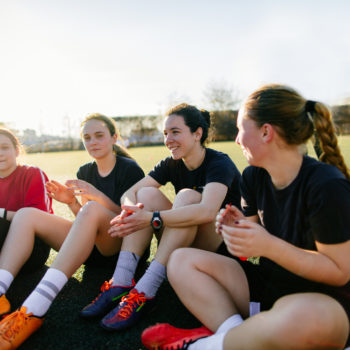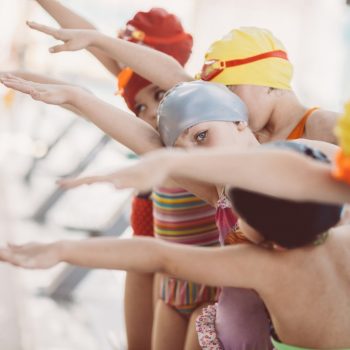Dress in layers (like an onion), protect the hands, head and feet and pay attention to weather forecasts. These are small tricks that those who train outdoors, even during the coldest seasons, know well. Rigid temperatures can discourage even the most motivated athletes, and without willpower it is easy to use the weather as an excuse for not training. Here are some tips that help you stay in shape and warm even during winter training. We talk about this topic with Professor Daniela Lucini, head for exercise medicine at Humanitas.
Training at low temperatures
Even when it’s cold, playing sports is healthy and recommended. However, it is advisable to check the weather conditions, the presence of wind and the possibility that it may be very cold before going out. Temperature, wind and humidity, together with the time that will be spent outdoors, are the most important information when planning a workout in a cold climate. The risk of freezing is less than 5% when the air temperature is above 15 degrees, but increases exponentially when the wind chill decreases. At temperatures below -28 degrees freezing can occur in less than 30 minutes if the skin is exposed to the cold without being adequately covered. If the temperature drops below twenty degrees or there is much cold weather it is better to consider training inside, especially if you do not have waterproof equipment. Wetting in fact makes us more vulnerable to the cold. Moreover, if you’re wet, it’s harder to keep your body temperature high enough.
Recognize signs of freezing and hypothermia
Hypothermia occurs when the body dissipates too much heat and can no longer maintain the correct temperature. Signs and symptoms of hypothermia include intense chills, speech disorders, loss of coordination, and fatigue. Freezing, a more advanced stage of hypothermia, can produce injuries to the body and can occur on the hands and feet. Alarm signals that you should be careful include numbness, loss of sensitivity, and burning sensation. If these symptoms occur, the affected area should be heated immediately. It is recommended to do it slowly and without rubbing it because it could damage the skin. If the numbness does not disappear, consult a doctor.
How to get dressed when practicing sport?
The rule should be to dress in layers. Dressing up too much is a big mistake when exercising in the cold. Exercise generates a lot of heat, enough to make you feel much warmer than it really is. The evaporation of sweat attracts heat from your body and you feel cold. The solution is therefore clothing that can be removed and replaced. Ideally, wear a thin layer of synthetic material, such as polypropylene, which does not sweat the body and avoid cotton. Then add a layer of wool or fleece to the insulation and complete it all with a waterproof and breathable outer layer. Stop-and-go activities, such as a mix of walking and running, can make us more vulnerable to the cold.
Protect your head, hands, feet, and ears
When it’s cold, the blood flow is concentrated in the center of your body and leaves your head, hands and feet more exposed to the risk of freezing. It is best to wear half size or larger sneakers than usual that give you the opportunity to use thick thermal stockings. It is recommended not to forget a hat to protect the head or a headband to protect the ears. Never forget about safety clothing when training at night or sun protection when working in the open air.










